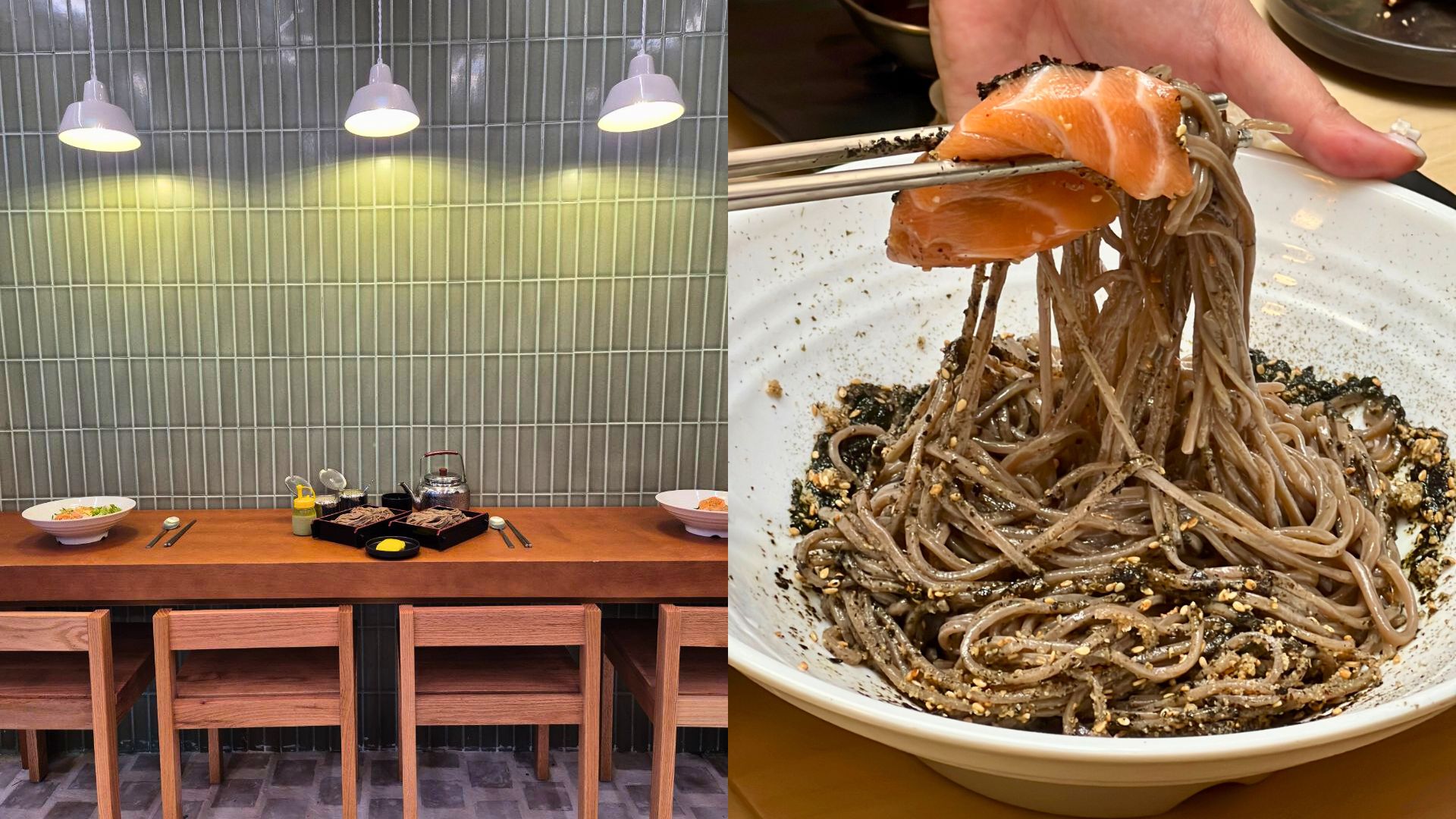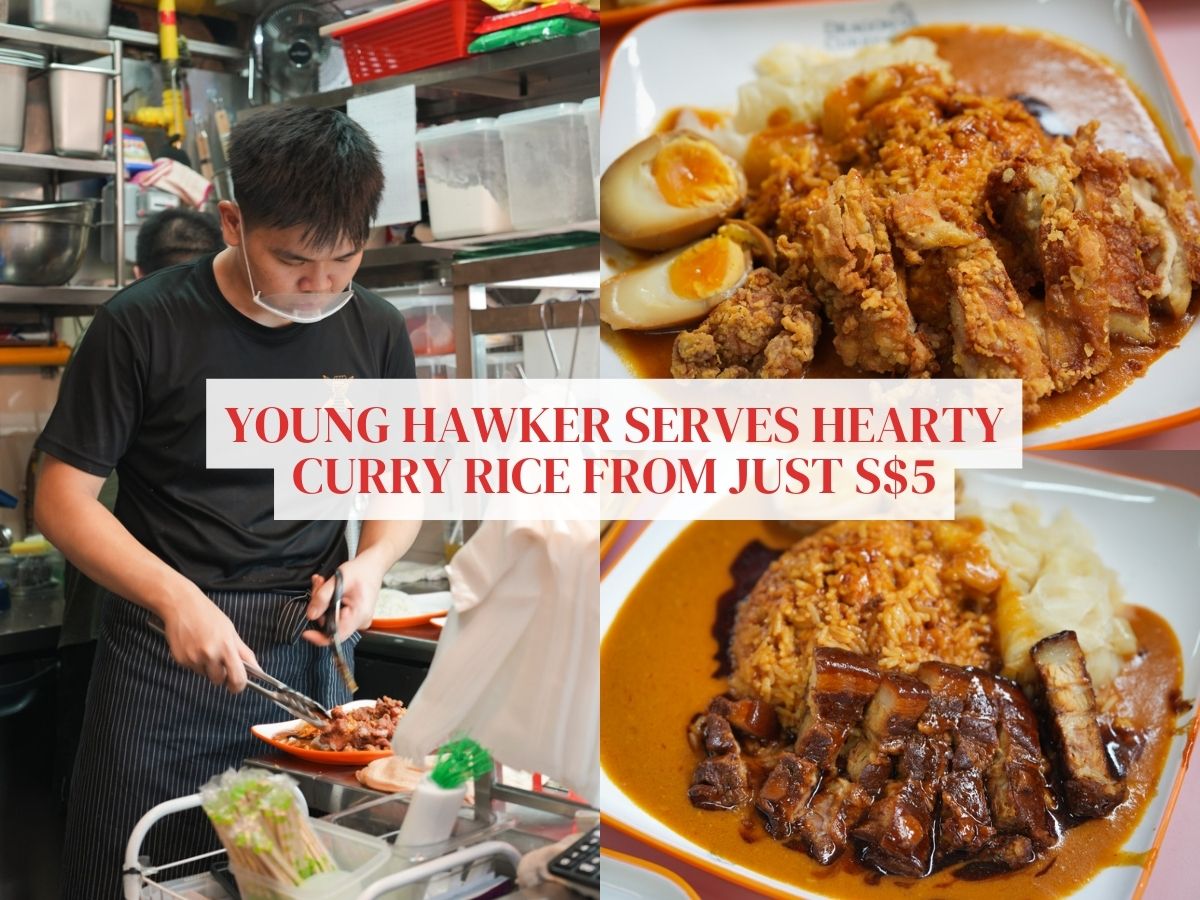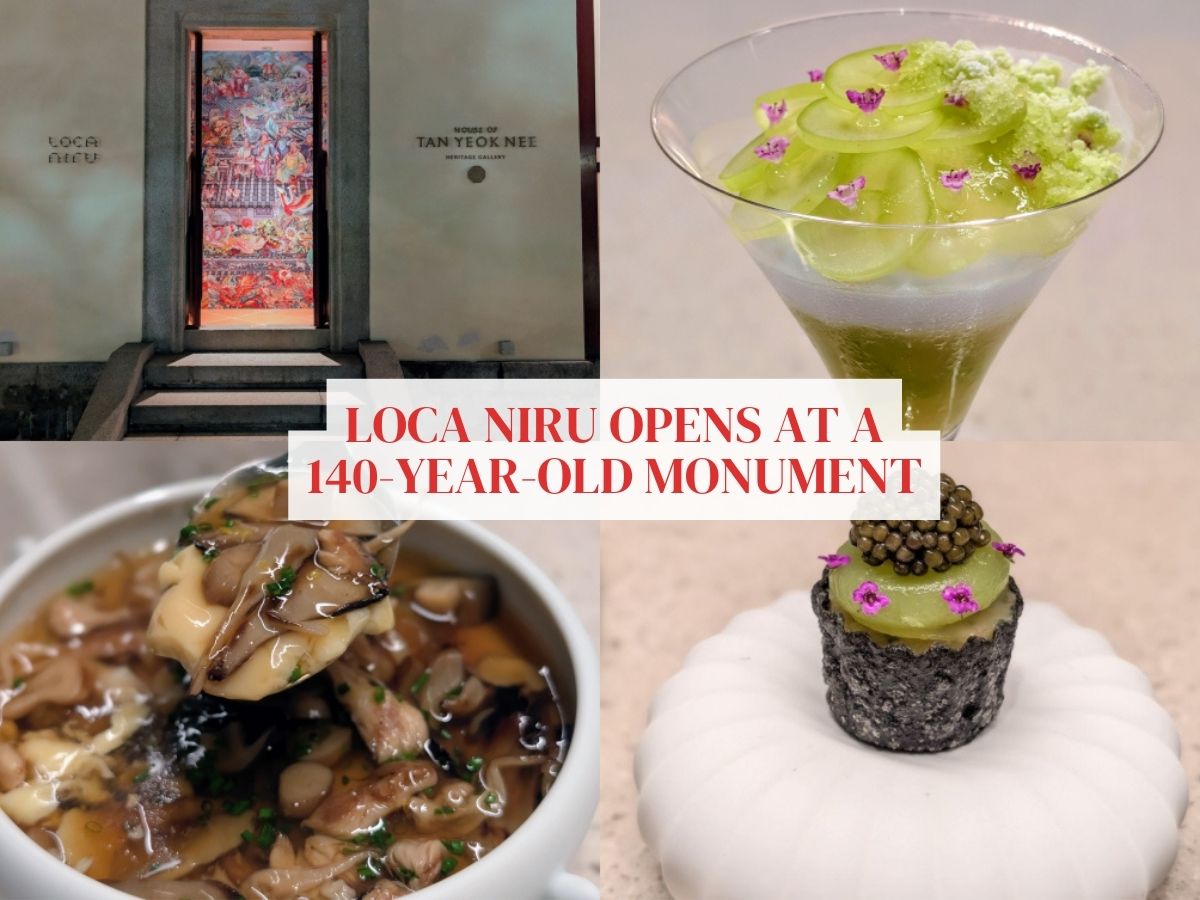Michelin-approved Korean restaurant Gwanghwamun Mijin is in Singapore — here’s what you need to know
Gwanghwamun Mijin Singapore is the latest among many Korean concepts making their international debut in Singapore.
The parent restaurant, known simply as Mijin, was founded in Seoul in 1954, more than 70 years ago. It specialises in a dish known as memil guksu, or Korean-style cold buckwheat noodles — “memil” meaning “buckwheat”, and “guksu” referring to a noodle dish.
Its Singapore outlet isn’t just its first one here, but is also its first international outlet outside of Korea, too.
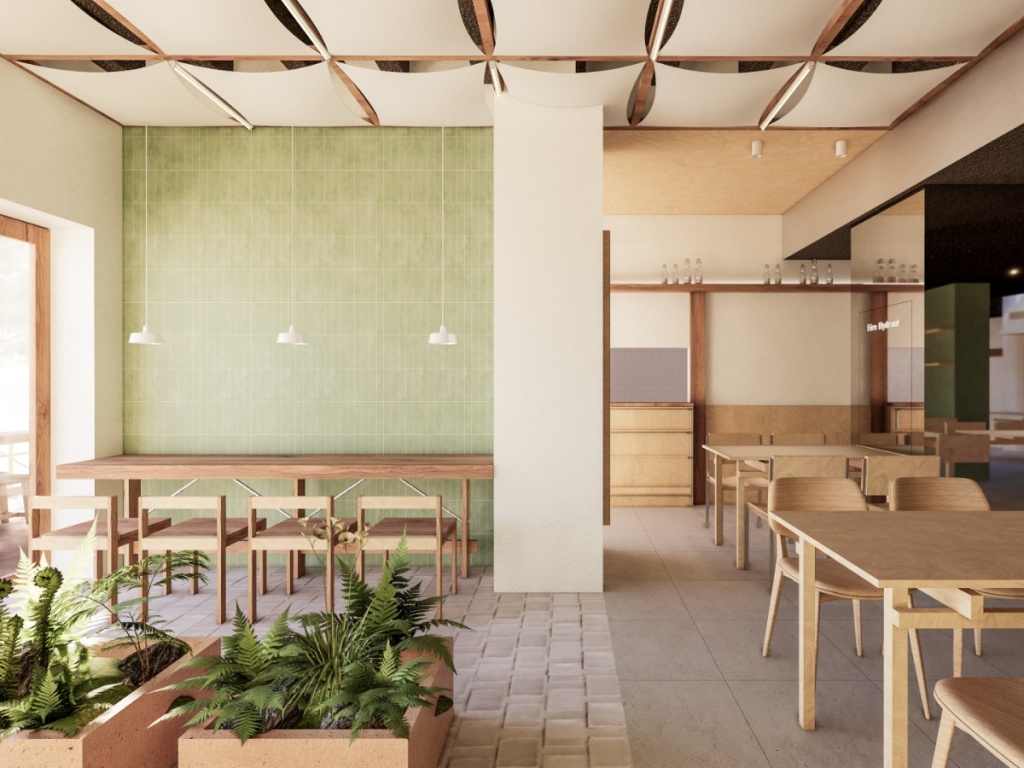
There have been many variations of Korean cold noodles among Korean restaurants here, and Japanese soba spots, but a Korean cold soba specialist? That’s probably also a first for our little island.
What’s the difference then, you might ask?
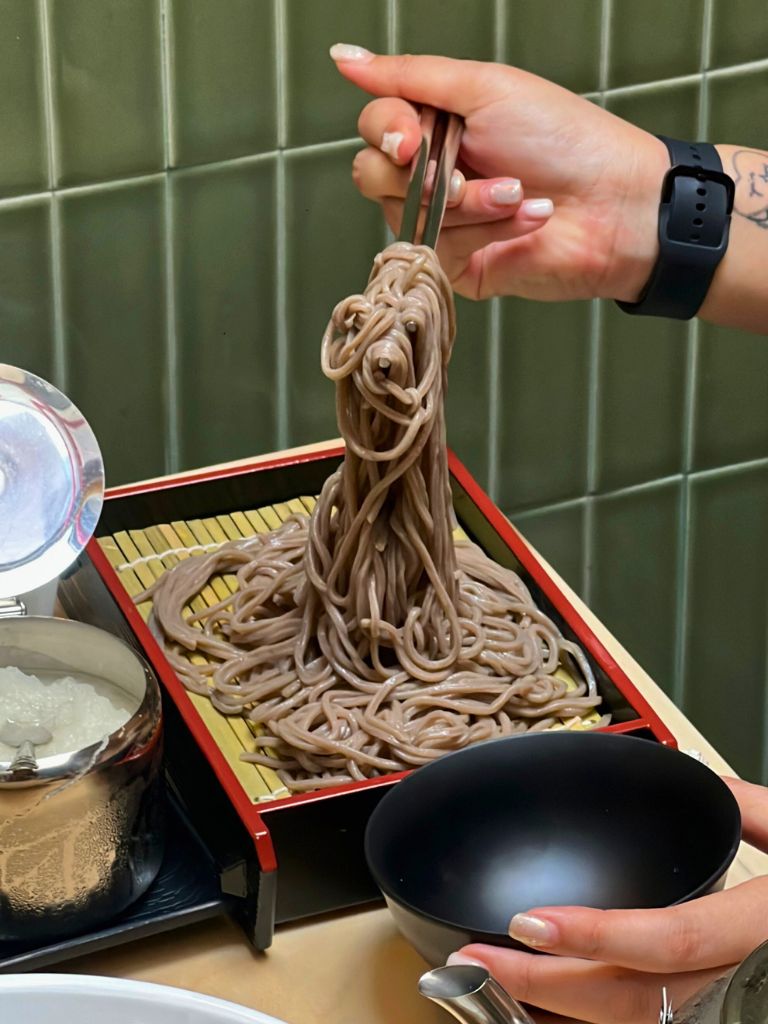
Most Korean cold noodle dishes (naengmyeon) you find here comprise buckwheat noodles that are thinner and chewier. The memil guksu’s noodle texture and shape is closer to that of Japanese soba, though there is still some chewiness in the Korean version.
Similar to its Seoul outlet, which is situated in the bustling Jong-no district, Gwanghwamun Mijin’s Singapore outlet sits at Far East Square along Pekin Street, a common haunt for CBD dwellers on the hunt for their weekday lunches.
With it being such a prominent, well-visited locale, we can already envision the crowds forming ahead of its August 22 opening, later this week.
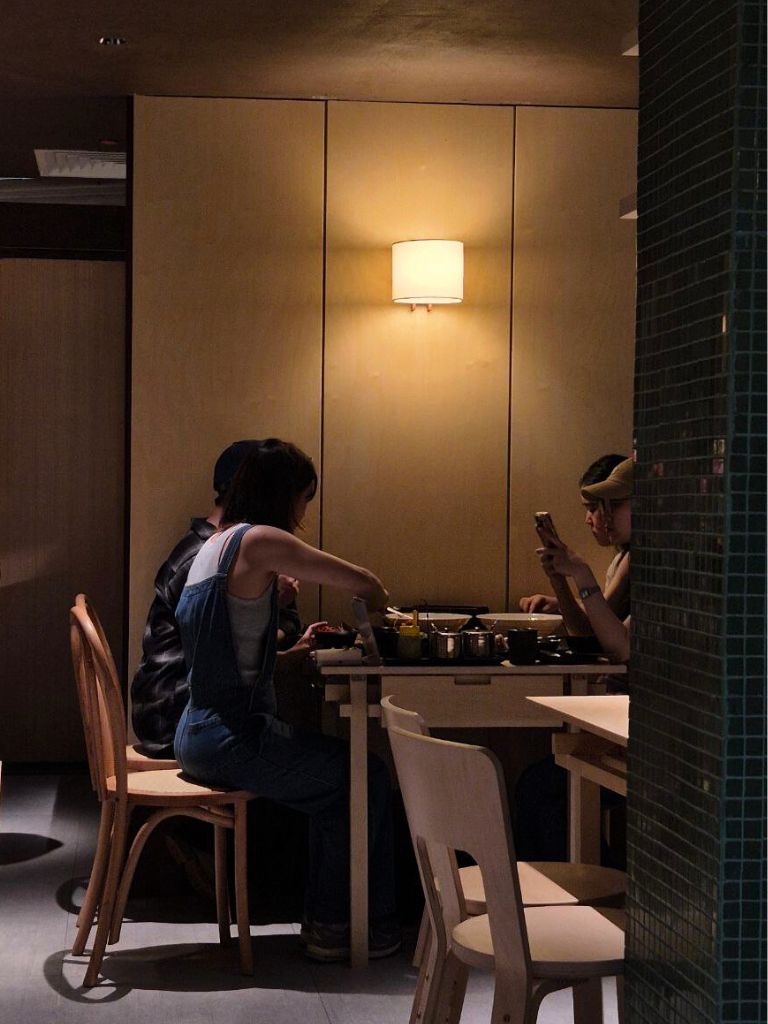
The Singapore outlet is helmed by former consultant Kimmy Tang, who is in her late 20s. Her first encounter with the brand was in the form of its meal kit, while she was looking for healthier carb options online.
She had the opportunity to try it in Seoul and got acquainted with the owners in Korea, leading to her eventually leave her job and open the Singapore outlet with her family.
After hearing the story, we couldn’t help but wonder: Just how impressive were these noodles, that she just had to bring them to Singapore?
Well, it was apparently impressive enough to the Michelin inspectors in Seoul. Mijin has received the Bib Gourmand accolade every year since 2018.
Trying Gwanghwamun Mijin Singapore’s menu
If you’ve only got a brief hour or two for lunch, and want to zone in on what to order at Gwanghwamun Mijin, here’s our take: The signature buckwheat noodles (S$15) is a must.
You get two trays of noodles and a cold broth, that you can opt to have with, or without slush ice.
Not enough? Opt for an add-on tray at S$8.
It comes with condiments such as ground radish, chopped green onion, and seaweed flakes — all of which, too, come with Japanese soba noodles — the only interesting addition that might raise some eyebrows is its mustard sauce, which is wasabi-tinged.
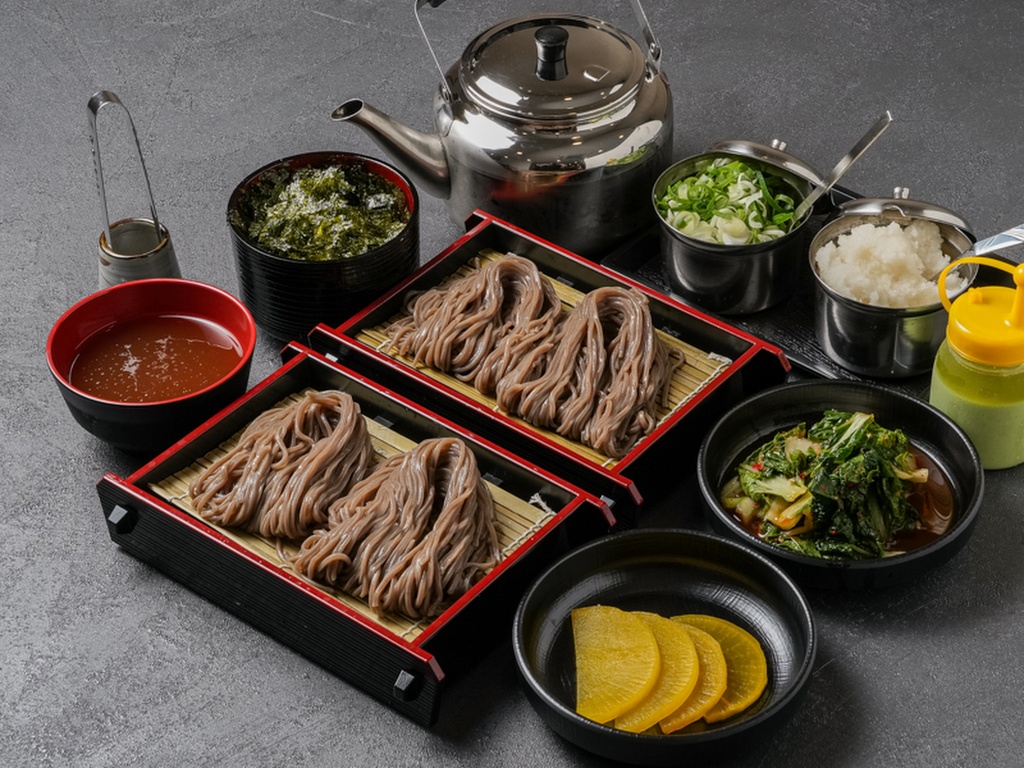
Our verdict? The handmade noodles, which are imported directly from Mijin in Seoul, were firm, slightly soft and chewy. There was a slight earthiness to the noodles, but nothing too bitter.
I love my noodles with a bit more bite and chew, and appreciated that Gwanghwamun Mijin’s noodles had both qualities.
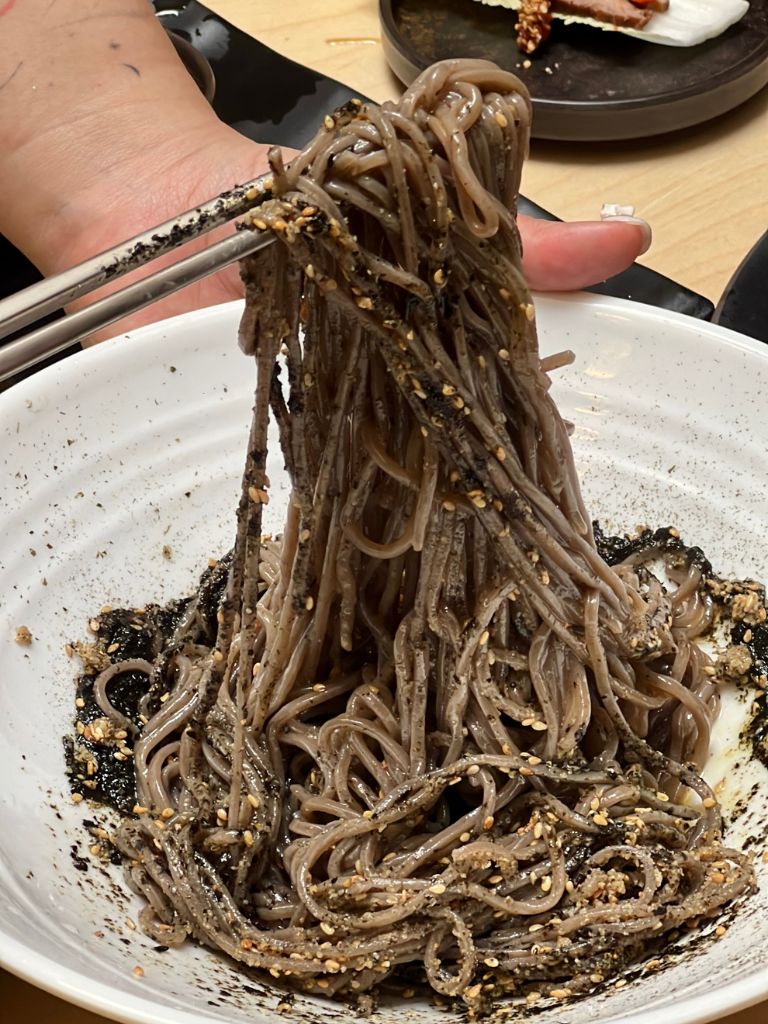
We also had them cold, which is a great choice in hot, hot Singapore, but I wondered if having them with the broth in slush form would have elevated the experience even more.
The broth, made of 14 ingredients including anchovies and other aromatics, was tasty, but veered towards being more sweet than savoury. This, too, is imported from Korea.
Those who prefer their noodles piping-hot can opt for its hot, soupy version at S$16.
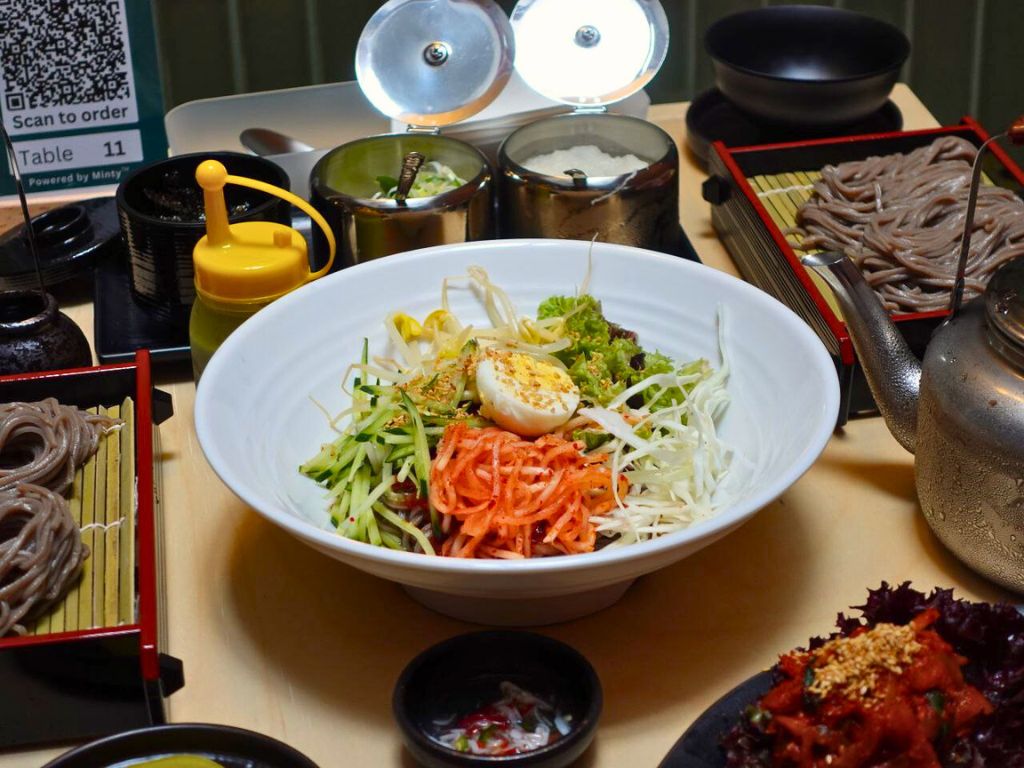
Other noodle variations include: Bibim buckwheat noodles (spicy dry-tossed version, S$16), bibim buckwheat noodles with soup (S$16), and a perilla oil buckwheat noodles (dry-tossed with perilla oil and perilla seeds, S$16).
Of these, the perilla oil buckwheat noodles might be another to try, despite its gritty appearance — mix it thoroughly before eating to get a good amount of oil and seeds in each bite.
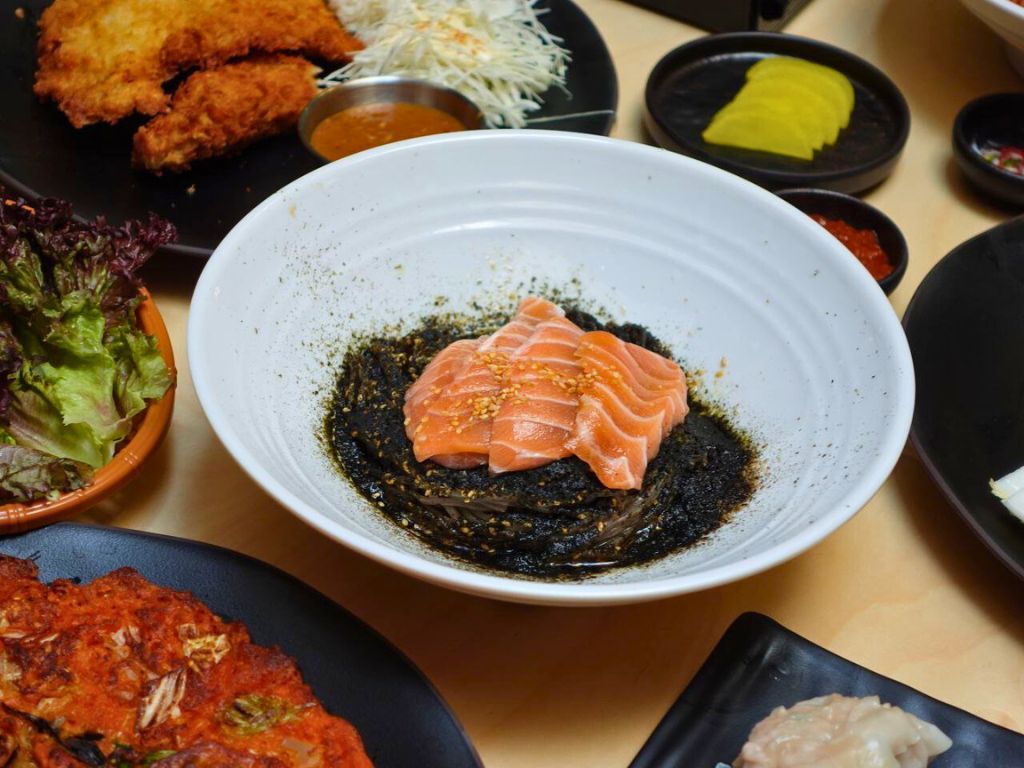
While I’d have preferred a tad more perilla oil in my noodles — for a bit more fragrance and “wetness” — its nuttiness and mild herbal notes, combined with the base earthiness of the noodles, were reason enough for me to go back for seconds.
Every bite tasted clean, and not in the least bit cloying.
Those wanting some protein can opt for the perilla oil buckwheat noodles with marinated salmon (S$20), also a Singapore-exclusive item, though the salmon did not seem marinated to me at all — it tasted like regular slices of raw salmon.
Proteins and pancakes
There’s also bossam, or boiled pork slices, which come in different sizes starting from S$15 for a small portion to S$30 for a large. It is served with lettuce leaves and bossam kimchi, a type of kimchi tailored for the dish.

The pork was tender, fragrant, and were well-marinated enough to stand on its own without the kimchi. But if you want more flavour, the ssamjang (sauce), which is housemade and imported straight from Korea, is also a great addition to the pork.
Interestingly, we were told the bossam kimchi recipe was tweaked from the Korean version — the original was considered “too spicy” for the Singaporean palate. The lighter-handed seasoning was obvious to me, having had many iterations of the dish in Korea itself, but one I could close one eye to.
Riding on the train of Japanese-inspired fare at Gwanghwamun Mijin Singapore is its fried pork cutlet (S$18), which you will recognise as being similar to the Japanese tonkatsu. Its version is thinner, more crispy and served with a sweeter curry, with less spice.
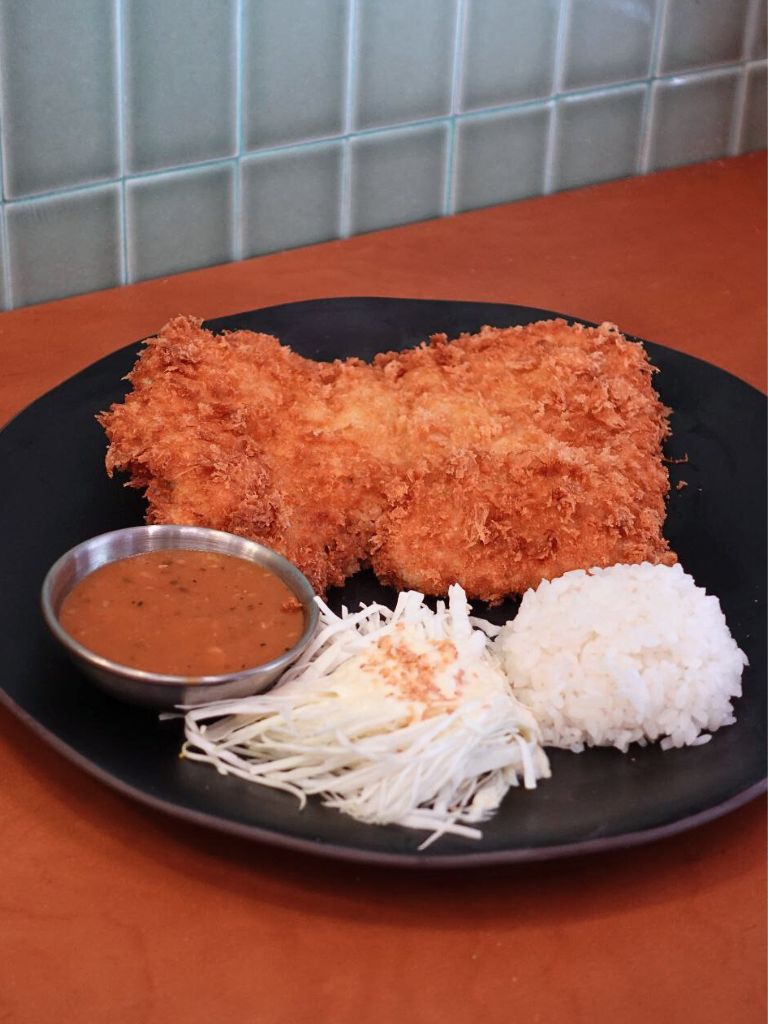
Palatable, yes, but I think there are easily better Korean-inspired tonkatsus around in Singapore.
Other proteins include the fried chicken cutlet (S$17) and pan-fried salmon (S$20), both Singapore exclusives, too, though we did not get to try them.
To round off the menu, there are also pancakes (S$19) and dumplings (from S$7 for three pieces), but these are only available at dinner-time.
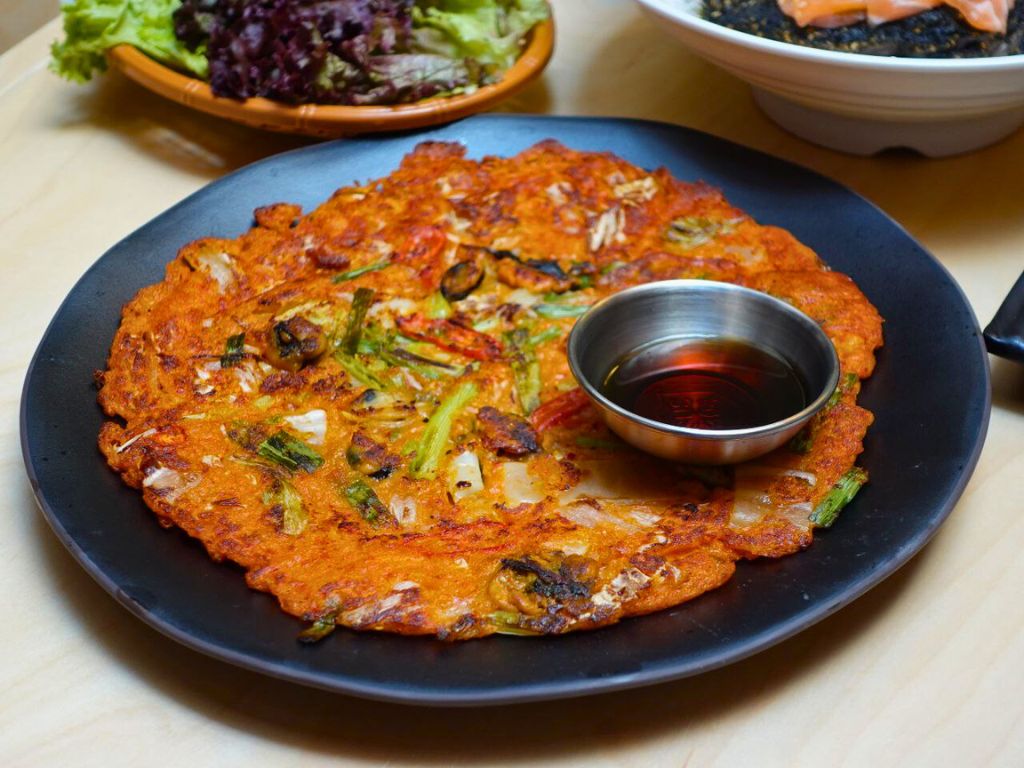
It bears noting, too, that as a CBD-based outlet, it has a lunch menu starting from S$16, where you can take your pick of carbs (signature, bibim, or perilla noodles, or rice) and protein (bossam, pork or chicken cutlet, or salmon).
With its mains starting at S$15, we think it’s worth a visit if you’re in the hood (and the queue isn’t snaking).
But if there’s a queue, you’ll have plenty of other options in the Telok Ayer and Tanjong Pagar vicinity to fall back on, whether you’re craving Korean, Japanese, or a bit of both.
This was a hosted tasting.
For more ideas on what to eat, check out our latest round-up of Burma Social’s new menu, as well as our take on the trendy Melbourne concept Yo-Chi, which opened at Orchard.
Tues 11am - 9.30pm
Wed 11am - 9.30pm
Thurs 11am - 9.30pm
Fri 11am - 9.30pm
Sat 11am - 9.30pm
Sun 11am - 9.30pm
- Telok Ayer
